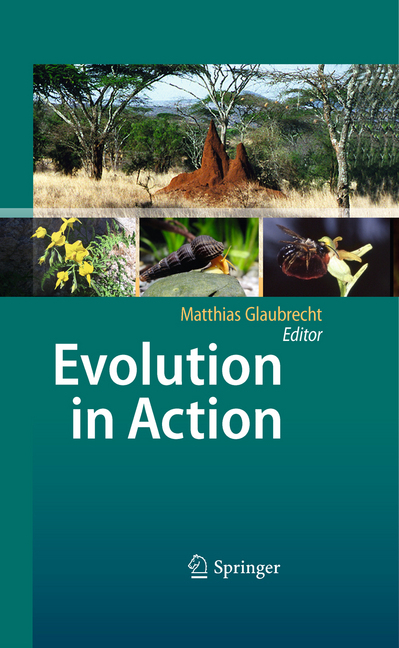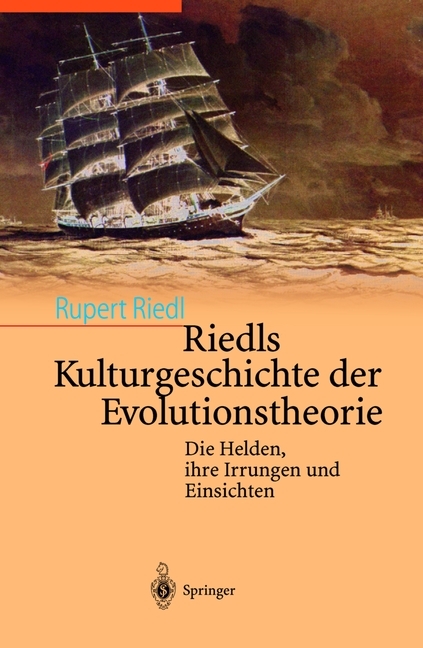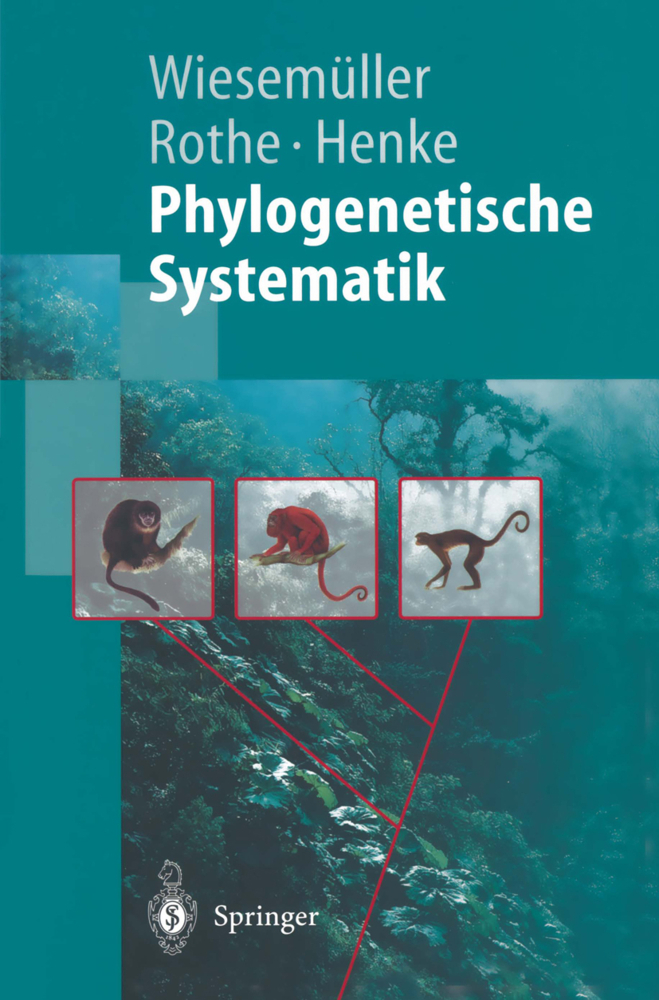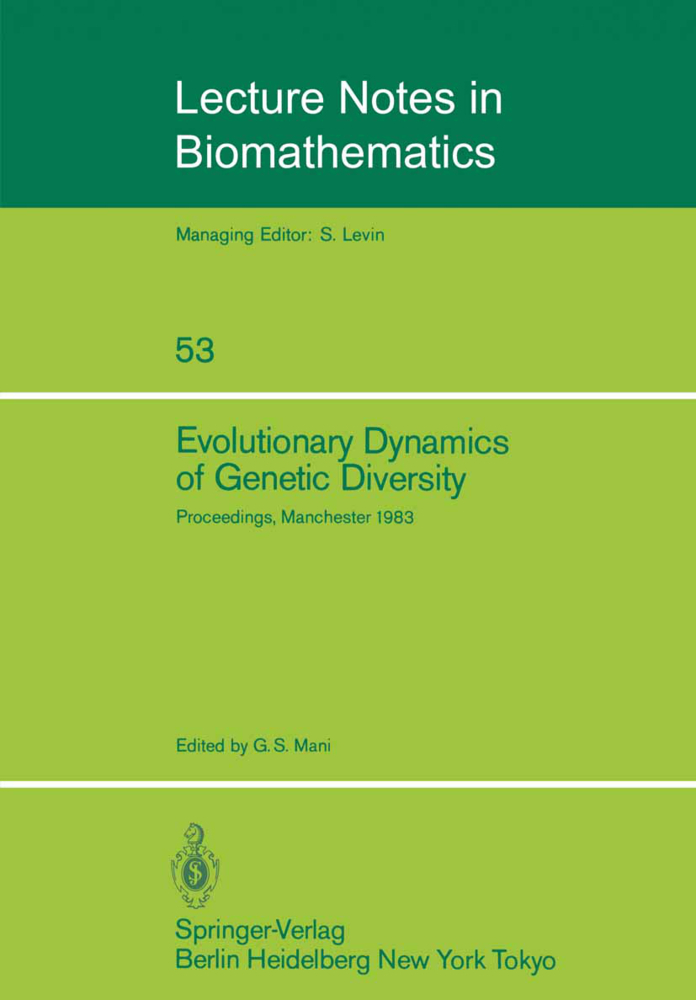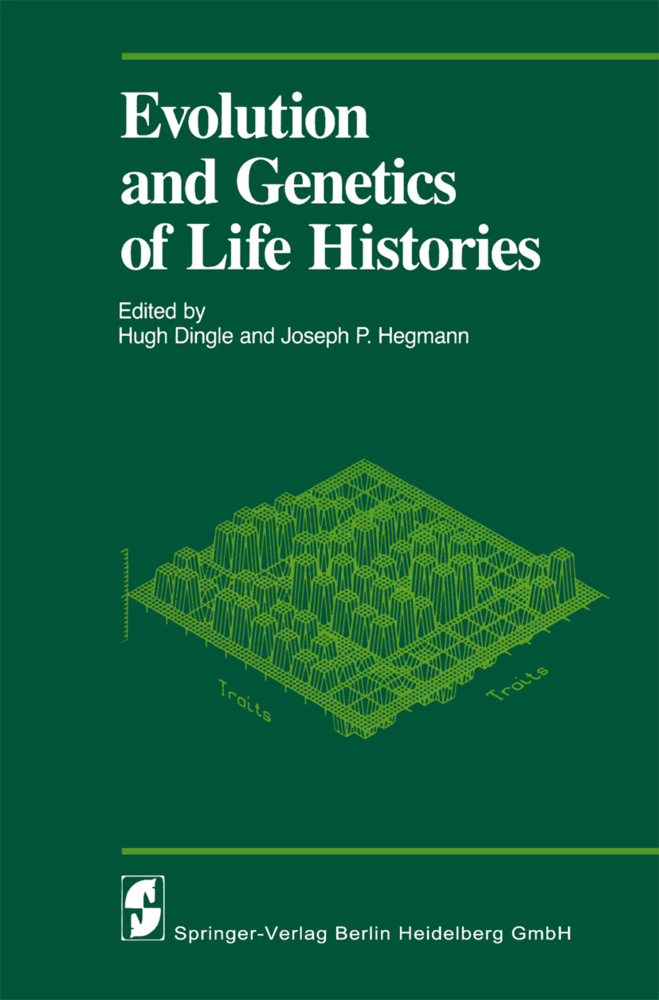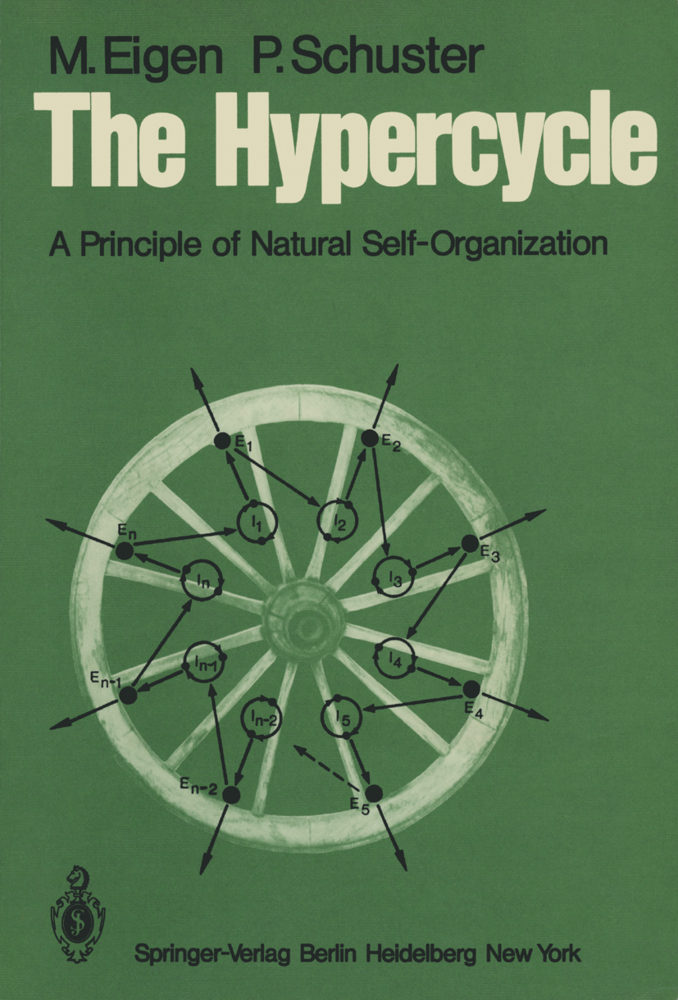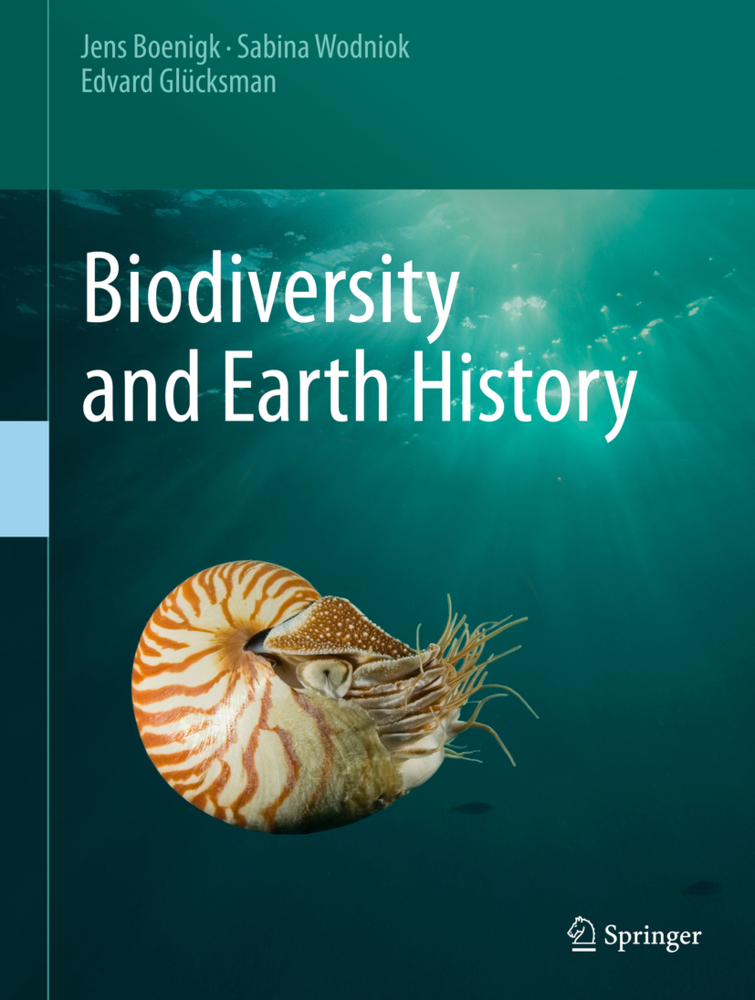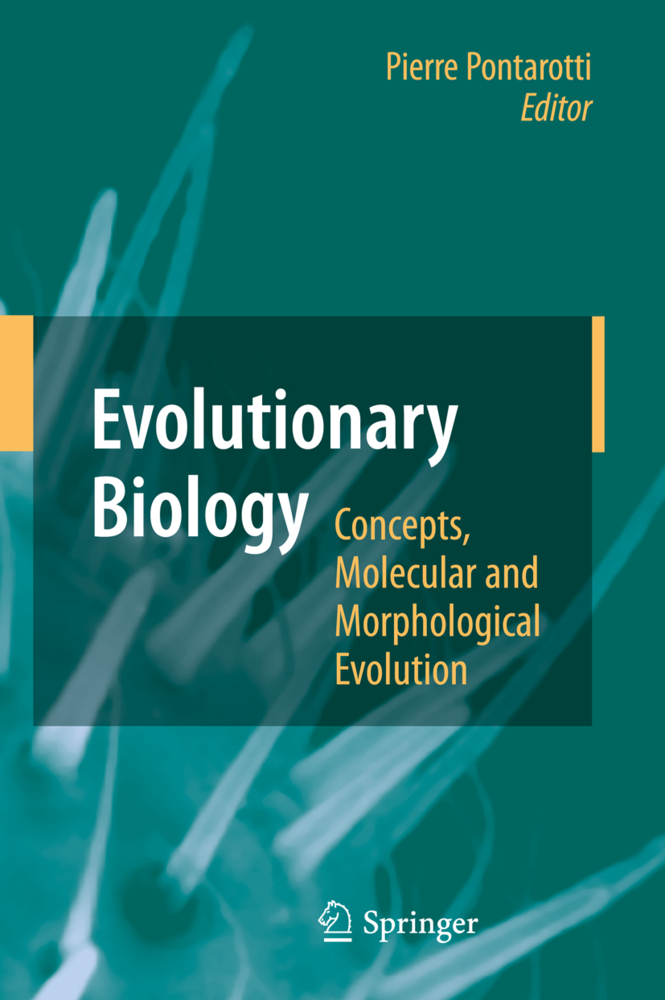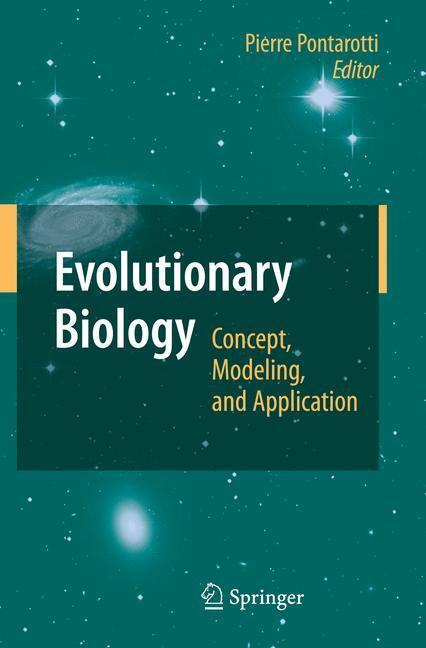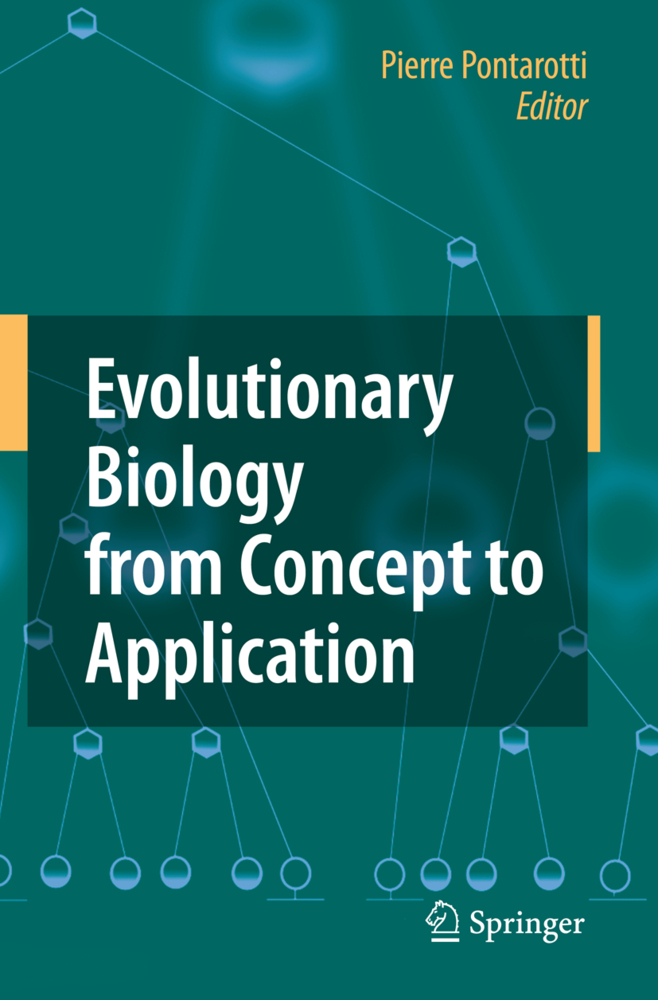Evolution in Action
Case studies in Adaptive Radiation, Speciation and the Origin of Biodiversity
Radiations, or Evolution in Action We have just celebrated the 'Darwin Year' with the double anniversary of his 200th birthday and 150th year of his masterpiece, 'On the Origin of Species by means of Natural Selection'. In this work, Darwin established the factual evidence of biological evolution, that species change over time, and that new organisms arise by the splitting of ancestral forms into two or more descendant species. However, above all, Darwin provided the mechanisms by arguing convincingly that it is by natural selection - as well as by sexual selection (as he later added) - that organisms adapt to their environment. The many discoveries since then have essentially con?rmed and strengthened Darwin's central theses, with latest evidence, for example, from molecular genetics, revealing the evolutionary relationships of all life forms through one shared history of descent from a common ancestor. We have also come a long way to progressively understand more on how new species actually originate, i. e. on speciation which remained Darwin's 'mystery of m- teries', as noted in one of his earliest transmutation notebooks. Since speciation is the underlying mechanism for radiations, it is the ultimate causation for the biological diversity of life that surrounds us.
1;Preface Radiations, or Evolution in Action;6 2;Introduction to the Priority Programme ``Radiations: Origins of Biological Diversity´´;10 3;Contents;14 4;Contributors;18 5;Part I Approaches in Botany;28 5.1;Rapid Radiations and Neoendemism in the Madagascan Biodiversity Hotspot;29 5.1.1;1 Introduction;30 5.1.2;2 Research Approach;32 5.1.2.1;2.1 Taxonomy;32 5.1.2.2;2.2 Phylogeny;32 5.1.2.3;2.3 Nuclear Markers;32 5.1.2.4;2.4 Establishing Biogeographic Hypothesis;33 5.1.2.5;2.5 Divergence Time Estimates;33 5.1.2.6;2.6 Niche Modelling;34 5.1.3;3 Results;34 5.1.3.1;3.1 Taxonomic Revision;34 5.1.3.2;3.2 Scaly Tree Fern Phylogeny;34 5.1.3.3;3.3 Radiations of Scaly Tree Ferns in Madagascar;34 5.1.3.4;3.4 Comparing Current Distribution and Fundamental Distribution;37 5.1.3.5;3.5 Scaly Tree Ferns on the Mascarene Islands;37 5.1.4;4 Perspectives;39 5.1.5;References;40 5.2;Rapid Radiation in the Barley Genus Hordeum (Poaceae) During the Pleistocene in the Americas;42 5.2.1;1 Introduction;42 5.2.1.1;1.1 Framework of the Studies, Questions to Answer;45 5.2.2;2 Materials and Employed Methods;46 5.2.3;3 Results and Discussion;49 5.2.3.1;3.1 Phylogeny of Hordeum;49 5.2.3.2;3.2 Biogeography;50 5.2.3.3;3.3 Speciation Rates;51 5.2.3.4;3.4 Chloroplast Genealogy of Hordeum;52 5.2.3.5;3.5 The Eurasian Hordeum marinum Species Complex;53 5.2.3.6;3.6 North American H. californicum Group;54 5.2.3.7;3.7 Southern Patagonian Species;54 5.2.4;4 Conclusions;55 5.2.5;References;56 5.3;Studying Adaptive Radiation at the Molecular Level: A Case Study in the Macaronesian Crassulaceae-Sempervivoideae;59 5.3.1;1 Introduction;60 5.3.1.1;1.1 Speciation and Adaptive Radiation;60 5.3.1.2;1.2 Island Radiations and Macaronesian Crassulaceae-Sempervivoideae;60 5.3.1.3;1.3 Candidate Genes;63 5.3.2;2 Material and Methods;63 5.3.2.1;2.1 Selection of the Study Group;64 5.3.2.1.1;2.1.1 nrITS;64 5.3.2.1.2;2.1.2 Candidate Genes;64 5.3.2.2;2.2 Selection of Candidate Genes;64 5.3.2.2.1;2.2.1 Regulatory Genes;64 5.3.2.2.2;2.2.2 Structural Gene;64 5.3.2.3;2.3 Laboratory Work;65 5.3.2.4;2.4 Data Analysis;65 5.3.2.4.1;2.4.1 Phylogenetic Analyses;65 5.3.2.4.1.1;Ka/Ks Values;65 5.3.2.4.2;2.4.2 Dating;66 5.3.2.4.2.1;Molecular Dating;66 5.3.3;3 Results and Discussion;66 5.3.3.1;3.1 Are the MCS the Result of an Adaptive Radiation?;66 5.3.3.2;3.2 Gene Evolution;69 5.3.3.2.1;3.2.1 Orthologous/Paralogous Copies;69 5.3.3.2.1.1;General Pattern;72 5.3.3.2.2;3.2.2 Phylogenetic Significance;75 5.3.3.2.3;3.2.3 Evolution Rates of Candidate Genes;76 5.3.3.3;3.3 Evolution of MCS;77 5.3.4;4 Summary;79 5.3.5;References;79 5.4;Key Innovations Versus Key Opportunities: Identifying Causes of Rapid Radiations in Derived Ferns;84 5.4.1;1 Introduction;84 5.4.2;2 Identifying Evidence for Biological Radiations;85 5.4.3;3 Determining the Role of Key Innovations and/ or Key Opportunities;87 5.4.4;4 Case Studies in the Epiphytic Polypodiaceae;88 5.4.5;5 Key Innovations: Ants and Ferns;90 5.4.6;6 Key Innovations and Key Opportunities;93 5.4.7;7 Perspectives;93 5.4.8;References;95 5.5;Evolution of the Mating System in the Genus Capsella (Brassicaceae);99 5.5.1;1 Introduction;99 5.5.1.1;1.1 The Mating System in Brassicaceae Genera;100 5.5.1.2;1.2 The Genus Capsella Is a Wild Relative of the Model Plant Arabidopsis;101 5.5.1.3;1.3 The Dynamic of the Mating System Provides Adaptive Potential;102 5.5.2;2 Materials and Methods;104 5.5.2.1;2.1 Plant Material;104 5.5.2.2;2.2 Identification of S-alleles in C. grandiflora and C. rubella;104 5.5.2.2.1;2.2.1 DNA Extraction; PCR and Cloning;104 5.5.2.2.2;2.2.2 PCR-RFLP;105 5.5.2.2.3;2.2.3 Sequencing and Sequence Analyzes;105 5.5.2.3;2.3 Screening of BAC-Clones: Identification of S-locus in C. rubella;106 5.5.2.3.1;2.3.1 Analysis of the BAC Insert: Primer Walking;106 5.5.2.4;2.4 Crossing Experiments;106 5.5.2.4.1;2.4.1 Crossing Experiment I: Intraspecific Crossing;106 5.5.2.4.2;2.4.2 Crossing Experiment II: Interspecific Crossing;107 5.5.3;3 Results;107 5.5.3.1;3.1 Identificat
Glaubrecht, Matthias
| ISBN | 9783642124259 |
|---|---|
| Artikelnummer | 9783642124259 |
| Medientyp | E-Book - PDF |
| Copyrightjahr | 2010 |
| Verlag | Springer-Verlag |
| Umfang | 586 Seiten |
| Sprache | Englisch |
| Kopierschutz | Digitales Wasserzeichen |

